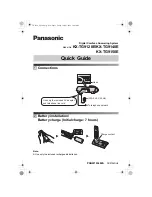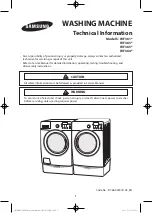
2
T
H
R
E
A
D
O
V
E
R
L
O
C
K
28
FIatlock seams are most suited to fabrics which do not
ravel - interlock knits, tricot, sweatshirt fleece and
synthetic suede. The serged edges pull open and flatten
within the stitch for a non-bulky join. (fig. A) Be sure to sew
a test sample first to determine whether the stitch will have
the strength to hold the seam without the fabric pulling
away.
Sew flatlock seams in the same way as 3-thread seams,
but then pull the two fabric layers apart until the seam lies
flat. Because the threads show on the outside as well as
the inside of the garment or project (except fake furs), the
flatlock seam is often considered a decorative application.
(fig. B)
Before sewing, decide which stitch pattern you want to
have on the outside of the garment. For "loops" (lower
looper thread) to show, place fabric wrong sides together
for sewing the seam. (fig. C)
To produce the "ladder" (needle thread) on the outside,
place the fabric right sides together. (fig. D)
Flatlock Seams
A
B
C
Loop
Wrong Side
Needle
Thread
Right
Side
Looper
Thread
Right
Side
Wrong Side
Ladder
Wrong
Side
Right
Side
Right
Side
Wrong Side
D
Summary of Contents for Celebrate BLS1
Page 1: ...TM Model BLS1...
Page 5: ...N O T E S 2 Notes...
















































